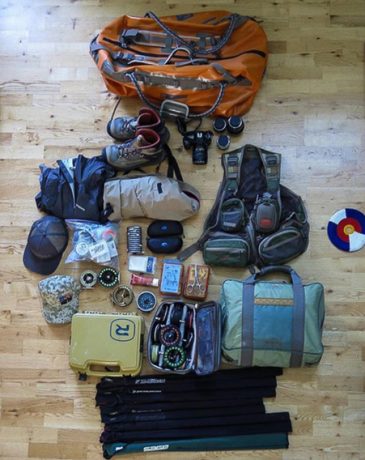
It’s winter for many of us, and many have put away our fly fishing gear. We’re willing to bet you didn’t check, clean, and prep your fly gear before you put it away for the winter. If not, now is the perfect time to take inventory, check your fly lines, rods, reels, organize fly boxes, and all of your other fly fishing gear. They say, dig the well before you get thirsty to avoid the thunder cloud of disgrace during your next epic season.
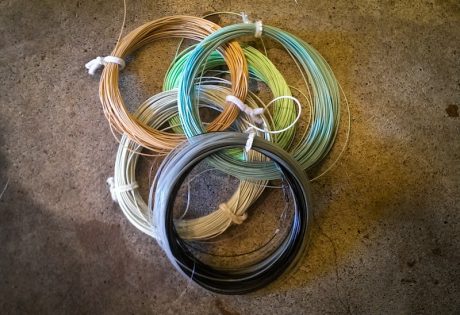
Fly Lines – Check your fly line. Spey line heads or single-hand fly lines check for cracks, weak spots, and broken loops. The last thing you need is for your fly line to fail while on a rodeo with a fish of a lifetime. The best practice to store your fly line is to remove them off your reel, coil them into large loops, tie them with twist ties, and put them into a line wallet. If you don’t know have a line wallet, you can store them in Ziploc bags too. Pro-tip, make sure to label them.
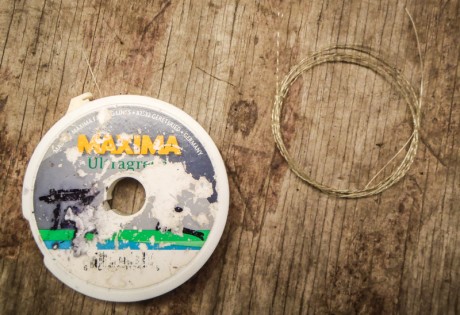
Leader Material, monofilament – Old leader material will fail. In general, both tippet and leader will last a season or two, no more than three. Exposure to all the elements will eventually degrade the strength of leader material. With this in mind, be mindful of how much tippet and leader material you purchase each season. If you’re unsure of your tippet or leader, do a simple knot test by spooling off about a foot of line, tying it off, and pulling it. You’ll have to determine if it “feels” right. For larger leaders, dust off your dumbells or kettlebells and tie your go-to knot and try picking up the weight. Again, use your best judgment on how effective the leader is.
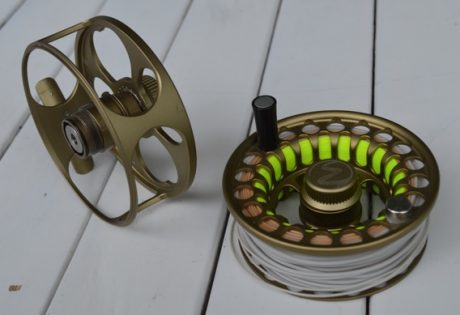
Reels – Most of us use fly reels in conjunction with our fly rods. Your rod and the fly line won’t work well without a well-functioning reel. Smooth is the key. Spending good quality time to check and test the smoothness of your retrieve and drag will help you avoid heartbreak and frustration. Check the frame and spool or your reel for corrosion, debris in the grooves, and other moving parts. Clean them as necessary. Please get in the habit of at least rinsing them off after every trip. Reels with sealed drags are better protected but can fail if maintenance is neglected. With all reels, check with your reel manufacturer or local fly shop for best practices on cleaning and maintenance. If you’re fishing in saltwater, a good rinse and bath with fresh water will keep your reel stay nice and clean. Before your store, your reel, make sure it is completely dry.

Rods – Cleaning your cork with a nonabrasive detergent like Dawn Dish Soap will help remove the gunk that gets on your fly rod from grim, fish slime, sweat, and dirt. Check your ferrules and make sure there is no gunk on them. Finally, check all your guides for broken or bent frames, nicks in the rings, or loose or missing rings. This will also help prevent damage to your expensive fly line. You should wipe down your rod after every outing with warm water if you aren’t already. Before you store your rod, make sure it is completely dry.
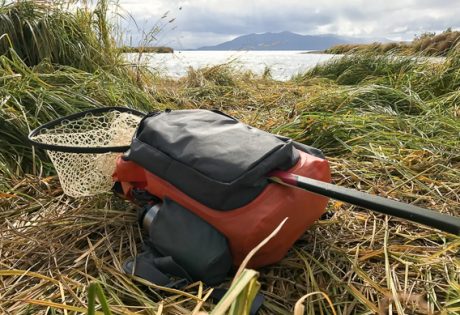
Packs & Bags – Gear bags, hip packs, slings should all have a good cleaning after each season. Many packs are water-resistant or waterproof. A good rinse inside and out and hang dry is a good way to keep them clean and ready to go after each season. Check all the zippers and zipper pulls, ensuring they are not damaged. A good lube application will keep your zippers working properly if you have submersible bags.
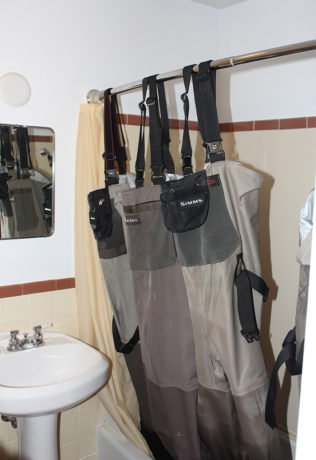
Waders – You should be rinsing your waders after every trip and before entering different watersheds. After the season, check for pinholes, rips, and tears, especially the seams, so you don’t start a new season with wet waters. Don’t forget to check the booties of your waders too. Don’t just patch and Aqua seal to your heart’s content. Not all wader materials should be treated the same, and over-applying waterproofing can affect the breathability of your waders. Check with you the manufacturers for best practices on repairs and sealing. Best way to store your waders, to let them hang. Folding them can cause creases creating weak spots in the material.
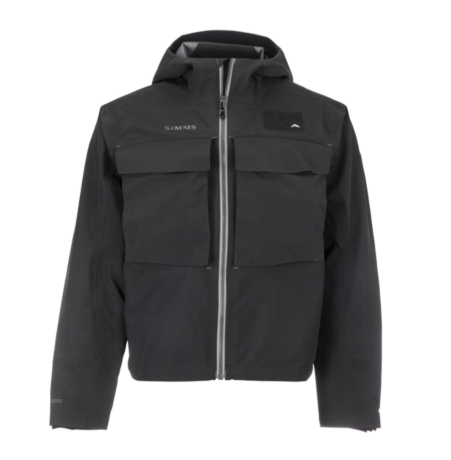
Rain Jacket – Staying dry on wet rainy days can make or break a day out on the river, so make sure your jacket works the way it is supposed to. Like your waders, not all rain gear is made with the same material. Wash-in waterproofing and DWR (Durable Water Repellent) sprays can improve your jacket’s ability to keep you dry. Before you try them, check with the manufacturer for best practices.
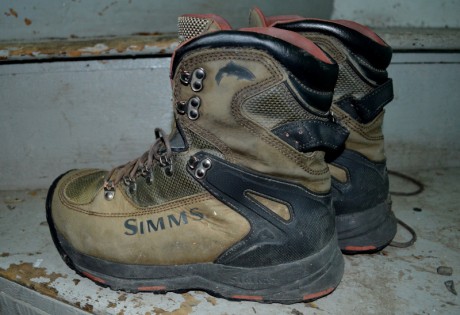
Boots – Check the tread, bites, and bars for any wear tear or loose soles. Also, check the laces for wear. Broken laces are a pain. Replacing laces is a simple way to prevent a major pain in the field. If you have the Boa system, check the wires and the tightening mechanism for proper operation.
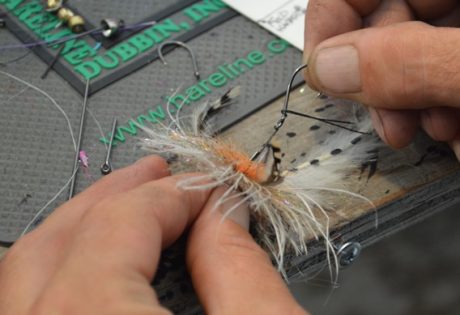
Flies – Check the flies you used and kept. Please make sure they are sharp and have good hooks.
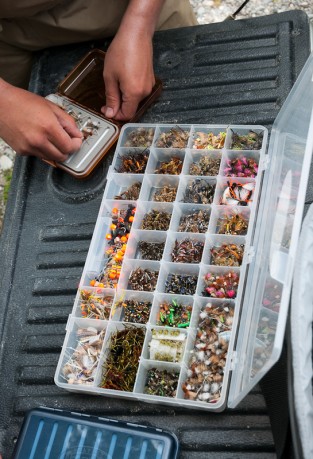
Fly Box – Organizing your fly box can save you a lot of time on the water. Instead of rifling through your fly boxes for the right fly, take inventory and organize them before the start of the season, so you know what fly is where.
Hopefully, you have already done all these things to your gear. If not, it’s not too late. It doesn’t take much to make sure you have a good new season. Take care of your gear, and your gear will take care of you.
Other Gear Posts:
Leave a Reply